To say that gold watches are experiencing a resurgence almost implies that there was once a time when they were flat-out undesirable, but this is hardly the case. The popularity of gold watches has certainly waxed and waned over the years but in reality, gold watches have never been more popular than they are today.
These days, gold is used in watchmaking almost exclusively for its value and aesthetic properties, however this was not always the case. Countless other materials now exist that offer superior performance at significantly more affordable price points, but gold was originally chosen as the material for watch cases simply because it was the best one up to the task.
The very first use of gold in watches dates back to the early days of marine chronometers, where gold was chosen for its superior corrosion resistance – perfect for the cases of timepieces that were destined to spend their lives aboard ships. Other metals including silver and brass were also previously used for watch cases, but it is stainless steel that has ultimately been the most successful alternative to gold throughout the history of the wristwatch.

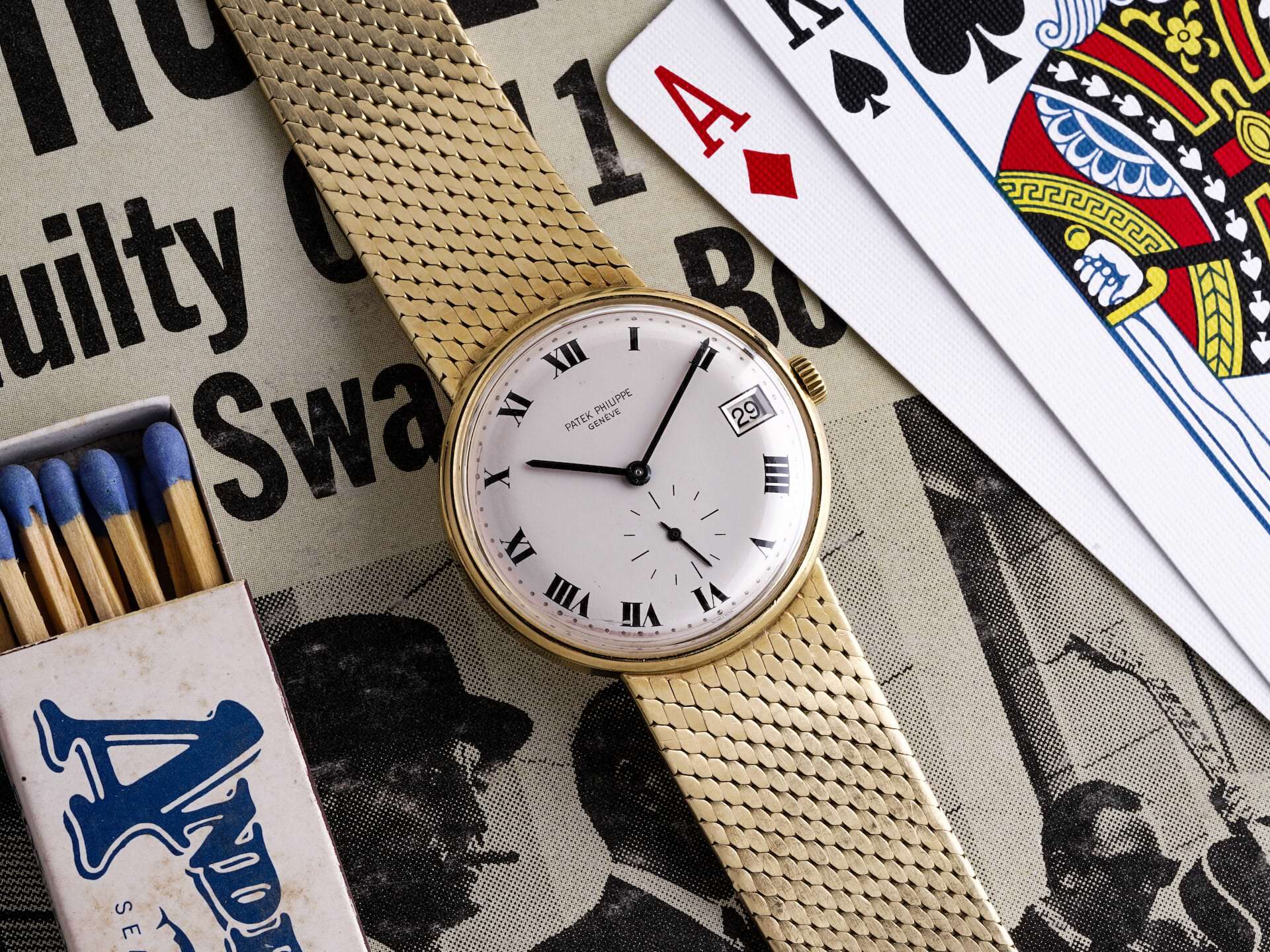
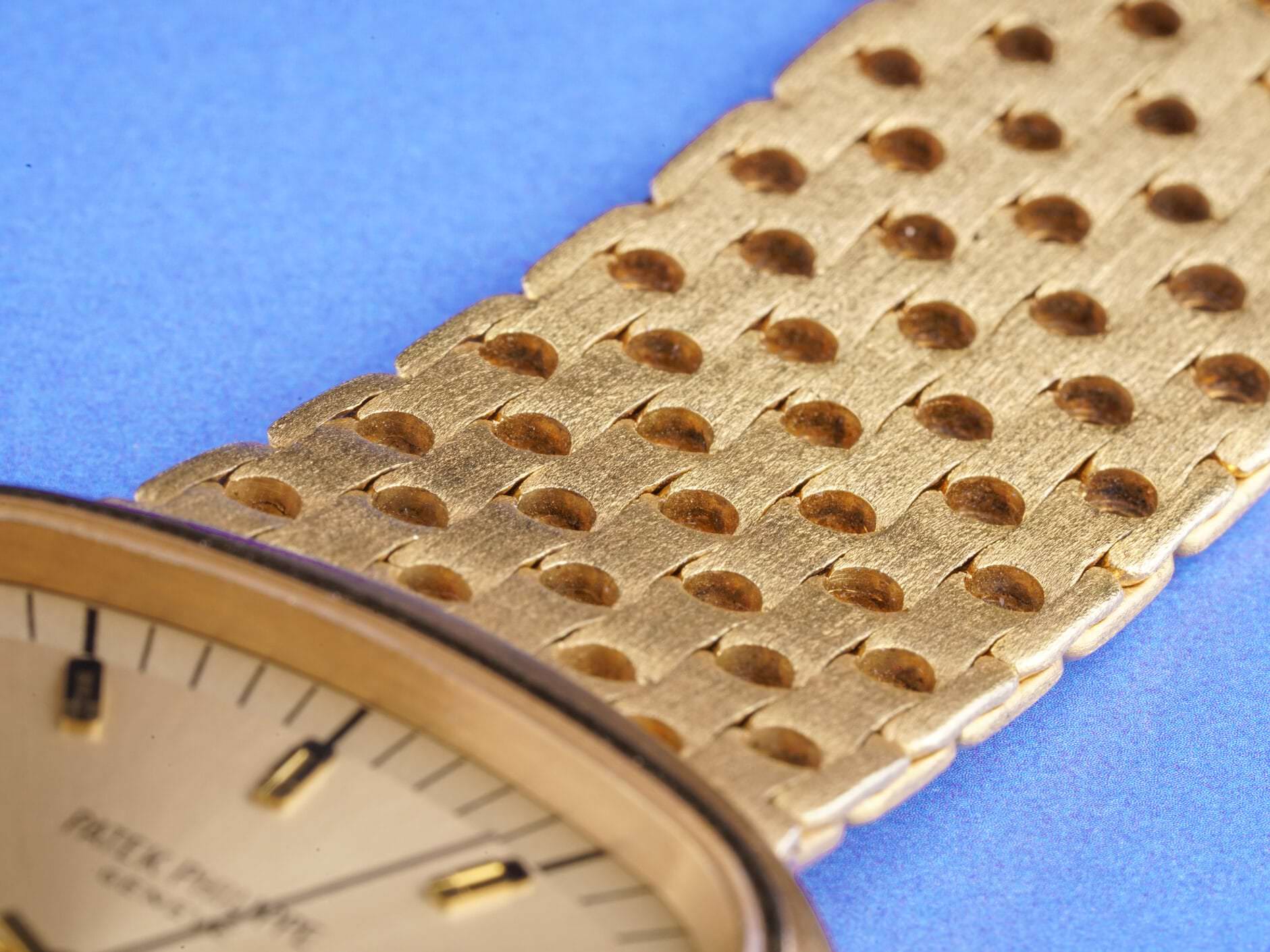
Despite being a staple across countless different manufacturing industries, stainless steel is a relatively modern convention, having only been invented in 1872. Gold may now represent a luxurious and statement-worthy option within the world of horology but it originally earned its place in watchmaking simply due to its performance as a case material and its ability to be easily worked into complex shapes.
The number of solid gold watches in circulation saw a dip at the height of the digital era. During this time, customers were more focused on the advanced functionality of their new electronic timepieces, and a fair number of gold watches were actually destroyed and melted down for their precious metal content. Record-high prices for gold at the beginning of the 1980s only provided further incentive for this practice and many gold watches simply didn’t make it through the decade. The issue was not that gold watches had suddenly become undesirable; they were just no longer worth their weight in gold.
However, a whole new generation of buyers has more recently found an appreciation for finely-crafted timepieces, and the focus of consumers is shifting back towards design and craftsmanship, rather than simply the number of different functions that can be programmed into a digital circuit. While they were once regarded as needlessly expensive renditions of an old and outdated technology, gold watches have come full circle and once again represent the finest and most luxurious executions of one of mankind’s oldest and most traditional crafts.
By all accounts, solid gold watches are significantly less common than their stainless steel counterparts. Although many more steel watches get lost, damaged, and destroyed each year than solid gold ones, the fact remains that there are still exponentially more stainless steel timepieces in existence. Despite this fundamental difference in production numbers, it has actually been stainless steel watches that have experienced the most significant increases in value over the course of the last decade.
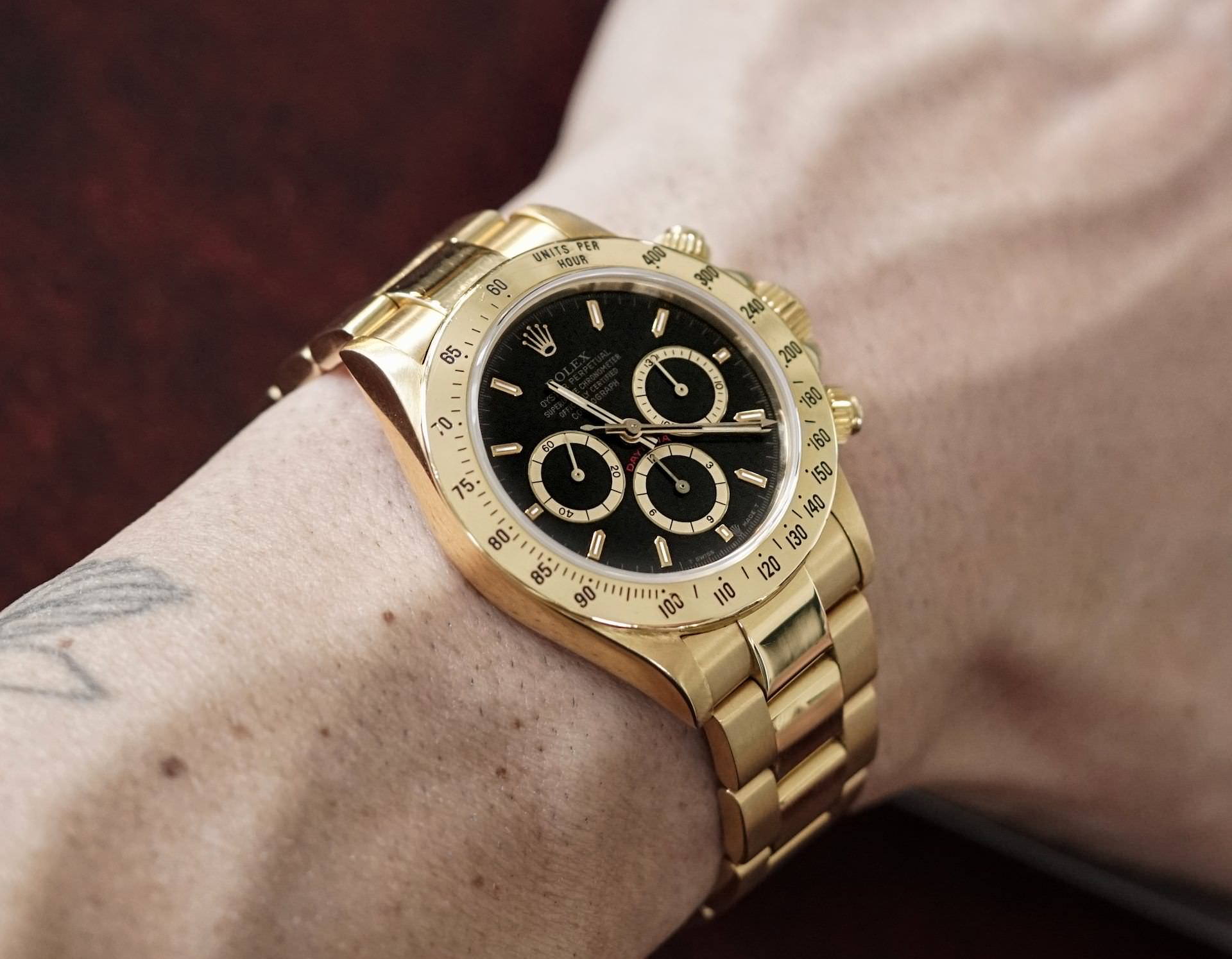
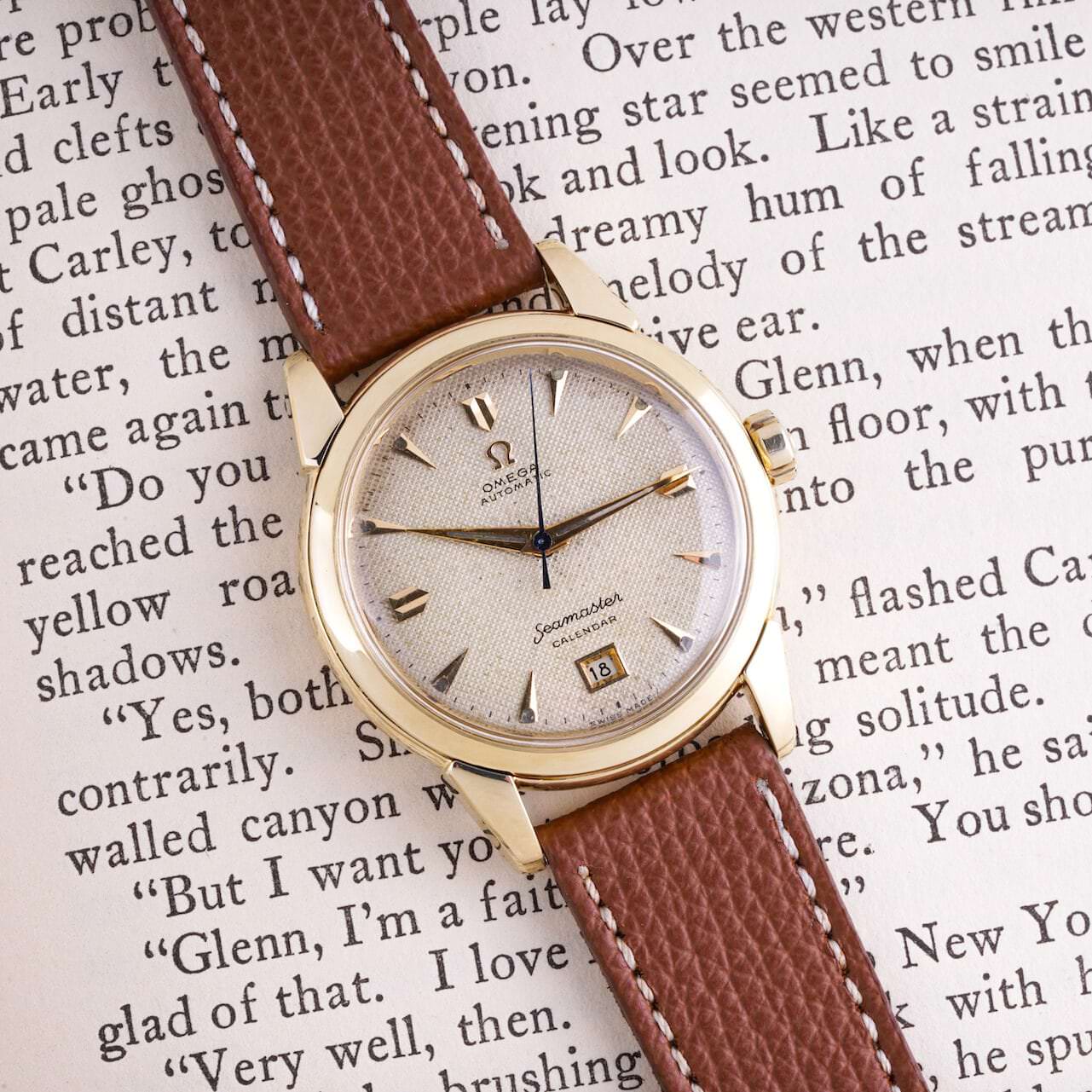
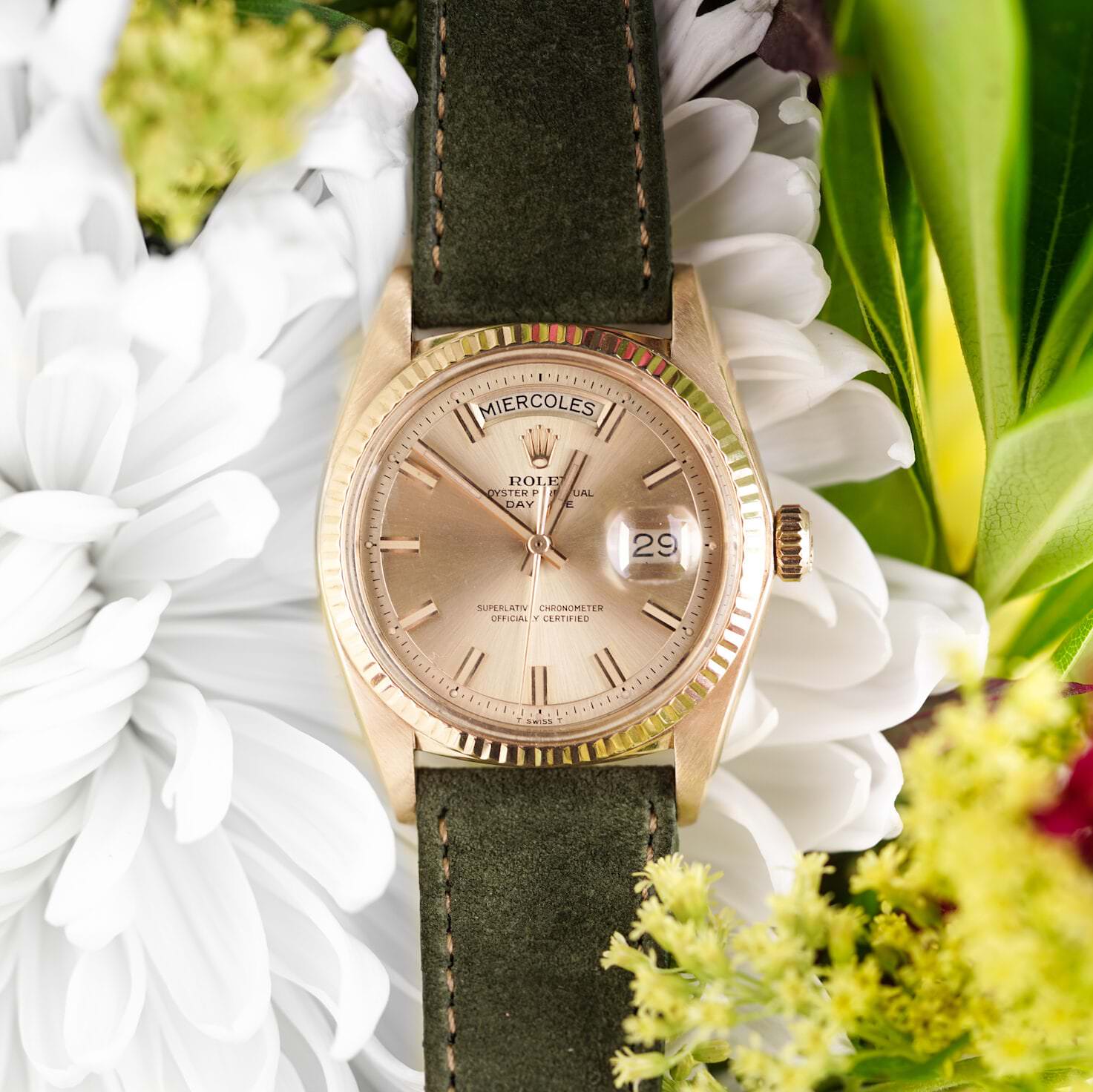

Although it offers excellent performance metrics when used in the construction of watch cases, stainless steel is not in any way an expensive metal. There are many different grades of stainless steel on the market, but none of them even come close to the price of the most humble precious metals. As a point of reference, a single ounce of gold costs more than $1,800 (as of December 2020), while the equivalent amount of stainless steel would cost just a few cents – even for the most expensive variations.
Rather than being derived from the intrinsic value of the materials used in their construction, the high prices for stainless steel watches have more to do with their history and overall market demand. Many steel watches were once used as professional timing tools during their previous lives during the pre-quartz era and as a result of this often rigorous use, many are no longer in existence today. Consequently, prices for vintage stainless steel sport and tool watches in well-preserved condition have been steadily on the rise for years, and they have now reached the point where they rival the values of their precious metal siblings.
With prices for stainless steel watches encroaching upon the rates of their solid gold counterparts, it’s easy to see why gold watches have seen such an increase in popularity over the last several years. These luxury-oriented timepieces originally sold for multiple times the retail prices of their stainless steel equivalents and often represent the finest offerings available from their respective brands. And yet, despite their premium materials and positioning, the actual price difference between steel and gold watches is now closer than ever when it comes to the luxury market.
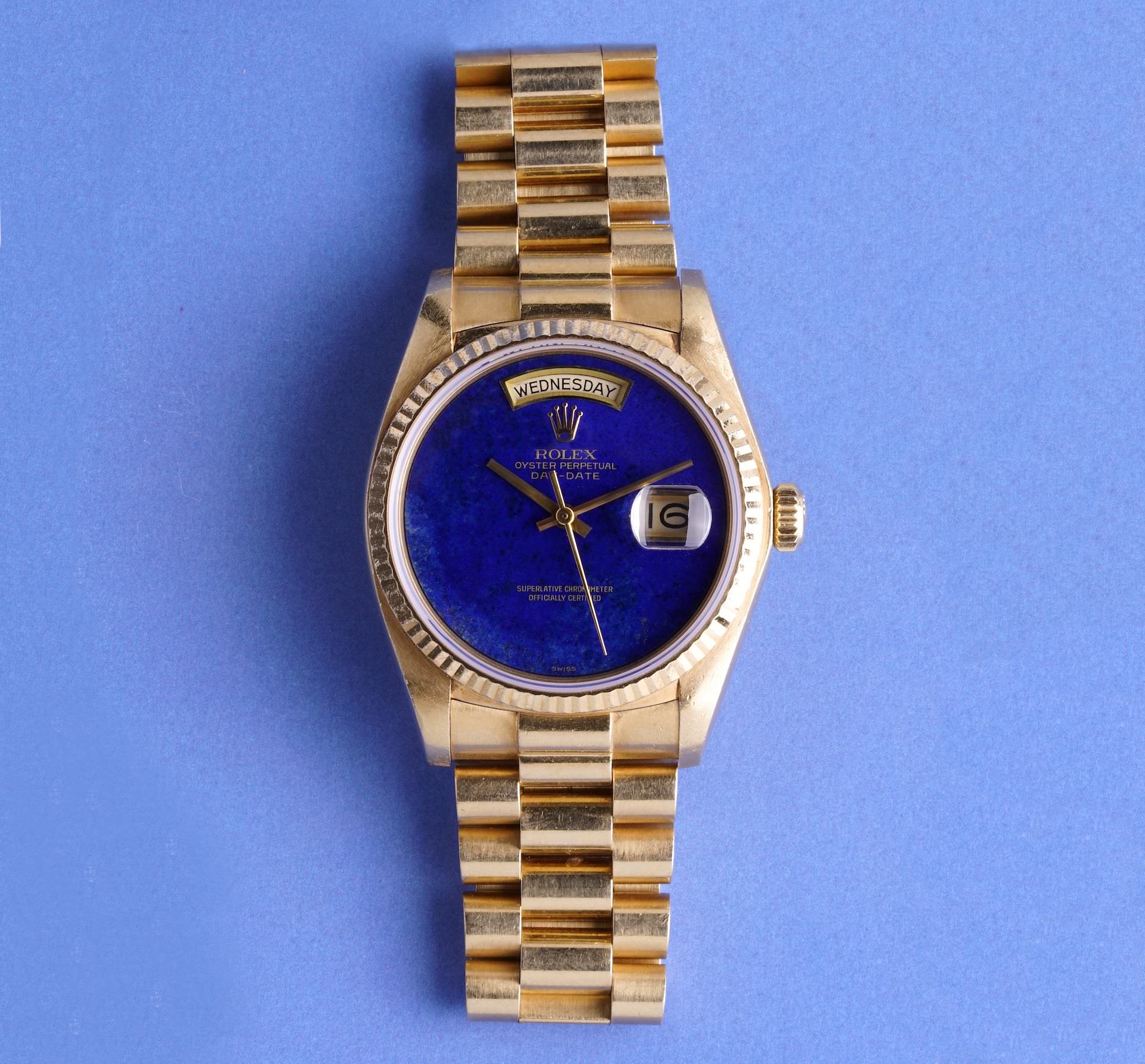
To put things into perspective, back in September of 1974 (according to an official Rolex retailer price list), a stainless steel Rolex Submariner reference 1680 retailed for $428.50, while the solid 18k gold version was accompanied by a retail price of $3,450.00. Both figures seem remarkably reasonable by today’s standards, but this still represents more than a 800% price premium for the solid gold model. Today, a yellow gold Submariner retails for approximately four times the price of a stainless steel one, and while a vintage ref. 1680 in 18k gold still sells for more than its stainless steel equivalent, you should only expect to pay anywhere between two and four times more for the 18k gold version.
It is also impossible to discuss the rising popularity of gold watches without also mentioning the massive price premiums that accompany certain highly popular stainless steel models and their complete lack of availability at a retail level. When there are current-production stainless steel watches trading hands for double their brand-new retail prices on the secondary market, the additional premiums for the solid gold equivalents start to look like comparative bargains.
Gold watches have enjoyed various levels of popularity over the years with certain shades of gold sometimes taking full center stage. However, even during the years when gold watches were being overshadowed by their stainless steel counterparts, there has never once been a time in history when a finely-crafted gold timepiece was flat-out undesirable.
Instead, price has been the greatest factor influencing the overall demand for gold watches. The relatively high value of the raw materials used in their construction has guaranteed a price floor and historically placed gold watches outside the budgets of many collectors. However, after multiple years of stainless steel models seeing significant increases in value, it is now the solid gold watches that are starting to offer collectors a seriously enticing value proposition.
Many objects in our daily lives are crafted from stainless steel and while its functional properties cannot be questioned, it is a material that has become incredibly familiar to us. Conversely, gold is almost always reserved for jewelry and other precious valuables, and watches crafted from this elusive yellow metal offer something uniquely special that cannot be replicated by timepieces made from any other material. With prices for stainless steel models seemingly forever on the rise, it is only natural that gold watches are once again having their moment in the spotlight.

Check out 'Reference Tracks' our Spotify playlist. We’ll take you through what’s been spinning on the black circle at the C + T offices.

Never miss a watch. Get push notifications for new items and content as well as exclusive access to app only product launches.
Sign up for our newsletter to receive updates and exclusive offers